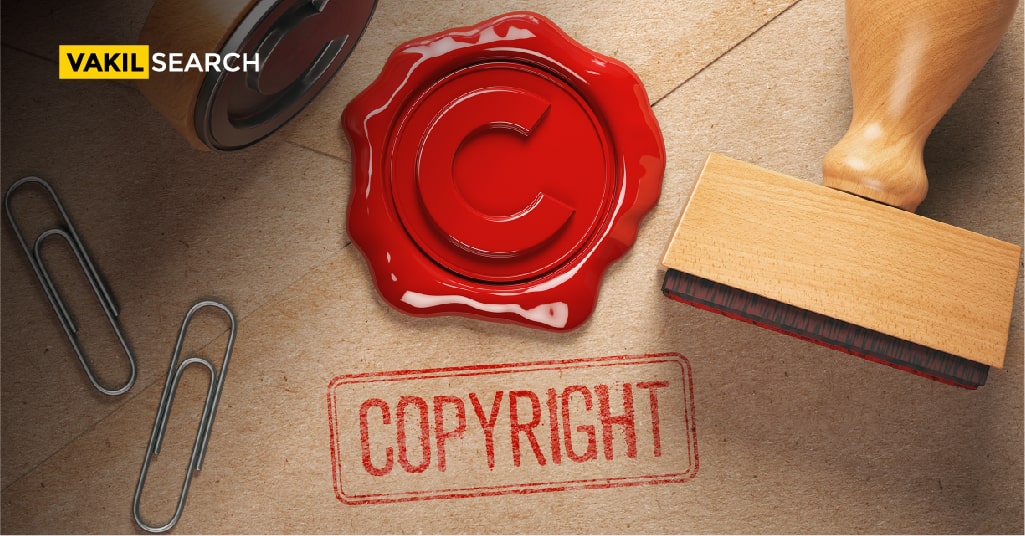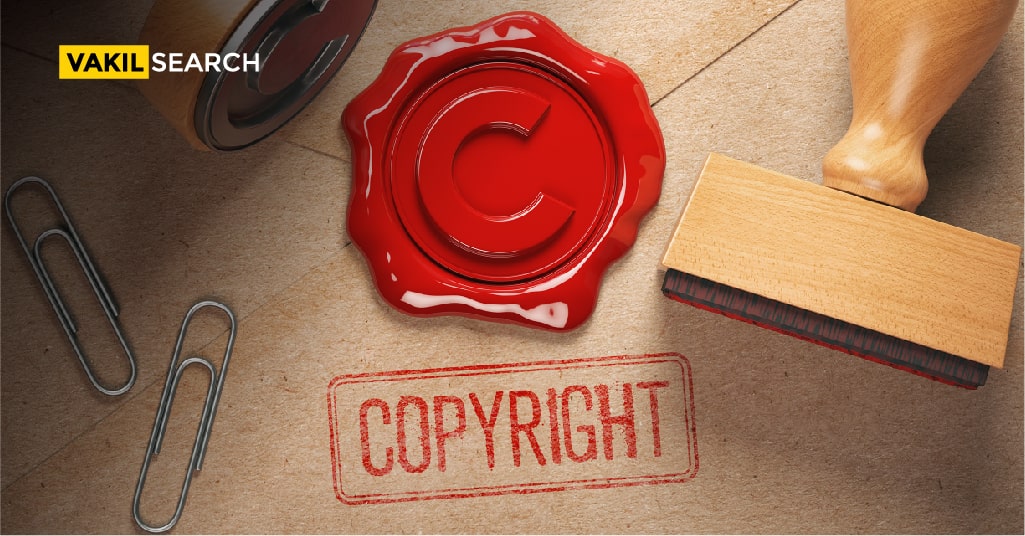There are many questions and loopholes that arise at the time of the assignment and especially after it, a lot of questions involving the moral rights and the future rights and the like.
Assignment of Copyright: Overview
Creative industries are fraught with copyright issues. So, it is important for a copyright owner to know the procedure for copyright assignment and assign rights accordingly.
For example, the director can have a problem with the producer with regard to the ownership of copyright or the director and a scriptwriter. But there may be other people who can claim a right to the movie, too. Think of the lyricist, the music composer, the sound recorder, and the record label company. They’ve all offered some creative inputs and could have some claim to the copyright. This would pose a huge problem for the producer.
Therefore, most individuals either assign or mechanical license the rights that subsist in their work to the producer of the movie in return for a royalty. Nevertheless, it is not always as easy as it seems to be on the face of it. The article below let us get to know more about the procedure for copyright assignment.
Procedure for Assignment of Copyright
Below given is the Procedure for Copyright Assignment:
Transfer of Copyright
We are all aware of the fact that the first author of the work is the owner of the work. Except if they assign someone else to be the owner for a specific thing (like assigning your work to be used in movies) and for a specific period of time. The owner of the copyright in an existing work can assign their work to any person the copyright either partly or wholly. And either for the entire term of the copyright or part of the term.
Transfer of Future Copyright
Section 18(1) of the Copyright Act also states that any prospective owner of future work can assign his copyright. Nevertheless, the 2012 amendment made it clear that an assignment will not extend to those modes/mediums that did not exist at the time of the assignment. The modes of exploitation constantly keep changing due to scientific developments. Like in the earlier days there used to be only video cassette recorders which were used. Now, there are mp3 players, iPods and any other music players that exist.
Likewise, one cannot foresee the technological developments that are yet to come. Hence, the assignment of the copyright that is made today will only cover those modes of exploitation that are available today.
This new piece of legislation has come as quite a relief to the authors as it strengthens their position in the new modes of exploitation of their copyright literary work come into existence.
Mode of Assignment
Section 19 of the Act clearly lays down the requirements to assign copyright. They are as follows:
- The agreement will not be valid if it is not written and signed by the assignor
- The rights assigned along with the duration and the territorial extent must be clearly established
- The amount of royalty or any other consideration payable must be mentioned very clearly
- If the assignee fails to exercise the rights assigned within one year of the assignment, it will be deemed lapsed. Unless there is some provision to the contrary in the agreement
- If the period of assignment is not clearly mentioned, then it will be for 5 years
- Likewise, if the territorial extent is not clearly mentioned, then it will be presumed to extend within India.Check Here to More about:
Amendment of 2012 to Section 19
The three clauses that have been added with respect to the assignment to Section 19. They say that the royalty has to be paid to those authors whose work has been exploited in a cinematographic film other than by way of exhibition of film in a cinema hall. This means that the authors are entitled to subsequent royalties which might arise in the course of further exploitation of the film which will include their artistic work copyright India.
For example, they will also be entitled to royalty for the satellite right, the home video, the internet right etc. This once again strengthens the fact that the authors of the work are the actual owners of anything apart from their work in the cinematographic film. The second clause that has also been added is for the sound recording and is similar to the above-given clause. What the authors can do here is to register their work with a copyright society and subsequently license it to whoever they like.
Moral Rights
The creator has the right to claim the authorship of the work. And claim the damages in case of any mutilation, distortion or modification caused to her/his work. It should be done before the expiration of the assignment term as it may cause harm to goodwill.
It is to be noted that the moral rights are independent of the author’s copyright. The performance rights in copyright law remain with the author even if they have assigned their copyright.
One must clearly lay down the specific right which you are assigning in order to eliminate the confusion. The 2012 amendment played a significant role in strengthening the authors’ position with respect to the assignments. For if someone wants to benefit from their own skill and labour, then they should be able to do so without constantly fearing being crushed by the giants!
Conclusion – Procedure for Copyright Assignment
Hope this blog related to Procedure for Copyright Assignment was helpful. If you have any doubts regarding Procedure for Copyright Assignment you can contact Vakilsearch.
Also, Read:










